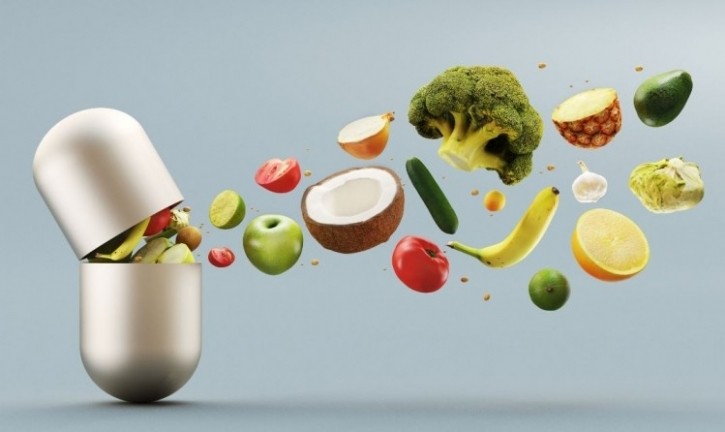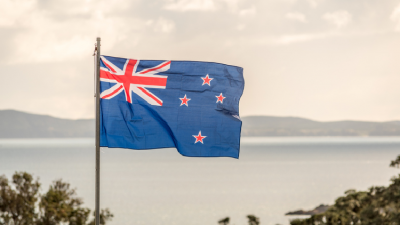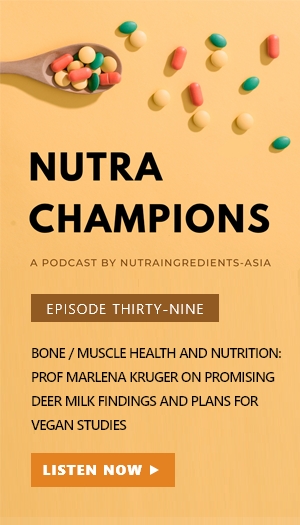New Zealand supplement trends 2023: Pharmacy strengthens retail sales over supermarkets as domestic industry tops $300m

The stats were revealed at the trade body Natural Health Products New Zealand’s annual summit held recently in Blenheim.
Julie Bramley, market insghts and research consultant at Circana, said the total natural health products in the country achieved NZ$300m (US$185) of sales in the past year, a rise of 6.5 per cent in dollar value at 1.5% in units.
In terms of retail channels, 25 per cent of this came from grocery stores, and 75 per cent from pharmacies. Supermarkets accounted for 35 per cent of all sales as recently at 2018.
One in three dollars now spent in pharmacies goes on health and wellness, both OTC items and natural health products, with beauty accounting for 41%.
“Hopefully supermarkets will become open to doing more as they are clearly losing market share,” she said, adding that the wider economic climate of stagnant wages and inflation meant that retailers increasingly had to compete for every dollar.
Within the natural health supplements sector, the top 10 categories account for 81% of sales, Bramley added.
Cold and flu tops the list at NZ$60m (US$37m), up 7.7 per cent in dollar value year-on-year. Digestive health takes second spot, up 9.2 per cent, with energy in third place, up 10.8 per cent, and multi vits in fourth, up 3.4 per cent.
Cramp, women’s health, arthritis, nutritional oils, skin and sleep complete the top 10.
“In the long term should see growth in bone and joint health products, due to the ageing population. There will be 330m Chinese over the age of 65 by 2030. This is such a big opportunity, both here and overseas,” she added.
Growth drivers
At the brand level, Bramley pointed out that it was the ‘big hitters’ that had driven much of the value growth in the domestic market over the past 12 months, with just 11 products accounting for 28% of the value growth above NZ$5m.
Four of these were from Vitaco brand NutraLife, two from Healtheries and one from Go Healthy.
In terms of formats, non tablet delivery systems have driven 77% of the growth in the past four years.
Gummies topped the growth list, with powders, sachets and effervescents also performing well.
Bramley also said it was worth keeping an eye on nutritional patches, with several launches coming to the market.
“These could be the next big thing,” she said, citing examples such as Clarity Patches, from VL Wellness and Mood Calming Stickers from Zen Patch.
She also pointed out that products for the menopause were on trend, but there was scope for more consumer education.
“It’s on trend, but it’s not growing as a category. We need to educate women on the benefits of natural health products in this space, or you will just be taking money from each other.”












